The apologetic lady in charge told me I might try a big asphalt/road covering construction company up the road that buys what I wanted from Martin-Marietta. Maybe they would sell me a few buckets of fine-screen gravel. I found the boss at that place and he wouldn't sell me any either. But he did tell me I could fill up my buckets for free. I was reminded again why I love local, blue-collar, working folks! When suits get involved, things go to heck. When the workers encounter someone who seems trustworthy and responsible, they're happy to help. This was the yard where they directed me . . .
. . . and I filled up my buckets:
I got plenty of fine-screen gravel and dust to remineralize the soil I've been growing in for the last five years:
Up close (I meant to set something on the gravel for comparison—the largest pieces are smaller than a pencil eraser):
This is what the plot looked like before I began. The "leafy" stuff consists of monkey grass leaves and chard leaves I had trimmed and thrown in the bed to add organic matter:
First I dumped in the three buckets of gravel and dust:
After spreading and incorporating it I added kelp, worm castings, and calcium and incorporated them into the soil.
Kelp:
Worm castings:
And a wheelbarrow load of compost:
After spreading and incorporating all the amendments, I was ready to put the skin on. I used a mix of cypress, cedar, and hardwood mulch (wood chips and grindings):
And this is how it looked when finished:
When it comes time to set in transplants (e.g., tomato plants), I'll pull the mulch back to expose the soil, dig a hole, and set the transplant in as usual, and tuck the mulch back around the plant. For seeds, the mulch will be pulled back to expose the soil (in a line or a patch), and the seeds planted in the soil. The mulch will be pulled back around the plants once they're large enough. In other words, you can't plant in mulch—only in soil. The next soaking rain will set things in motion, waking up the life in the soil that will begin decomposing all the amendments I added and keeping the soil dark, damp, and warm beneath the mulch.
As this fresh mulch breaks down over ensuing years, I'll add new mulch layers on top as the soil life beneath decomposes the initial layer. This "skin" idea makes a lot of sense to me—creating a close-to-natural symbiotic system that protects and feeds the soil over time.

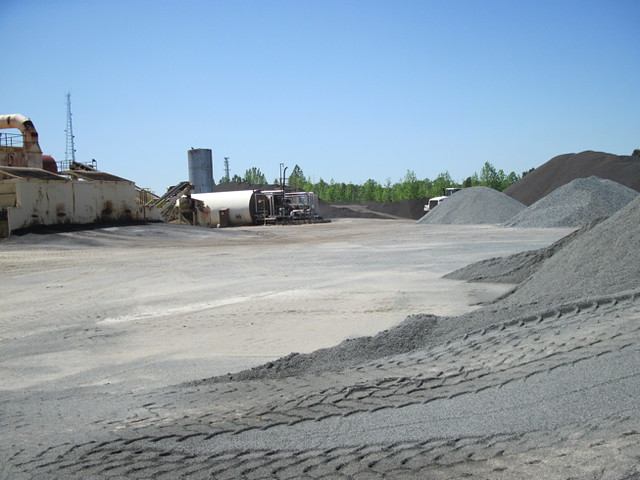

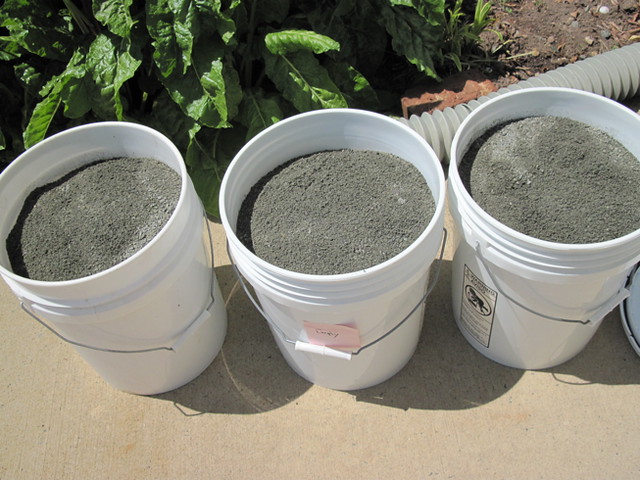
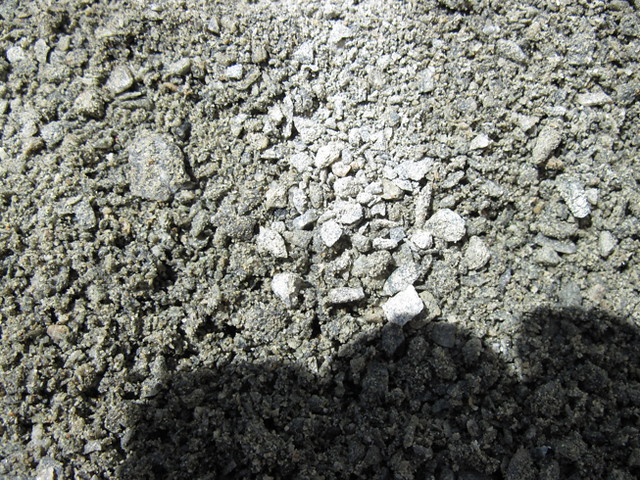

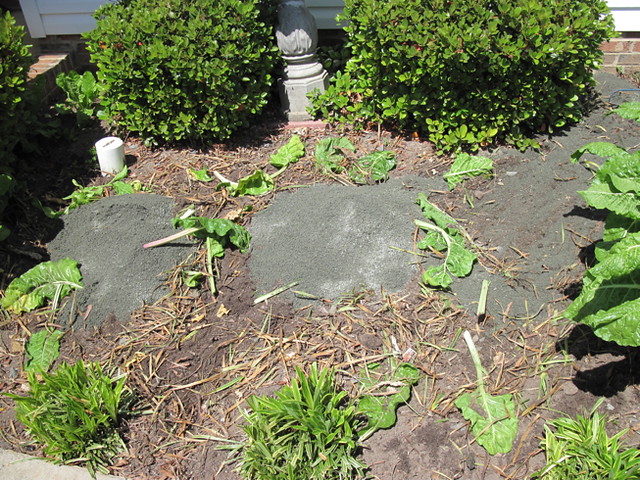
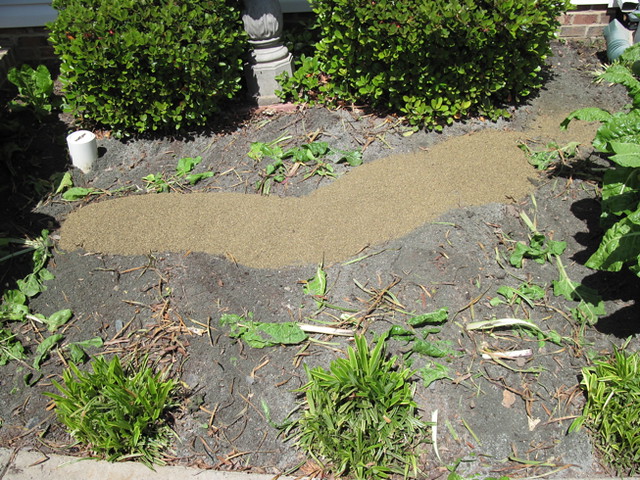
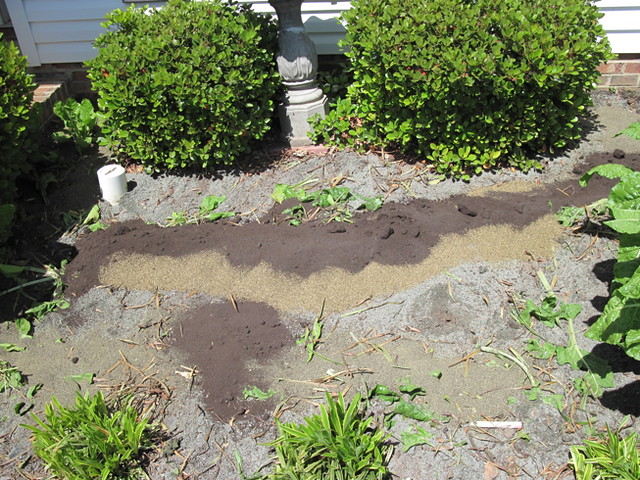
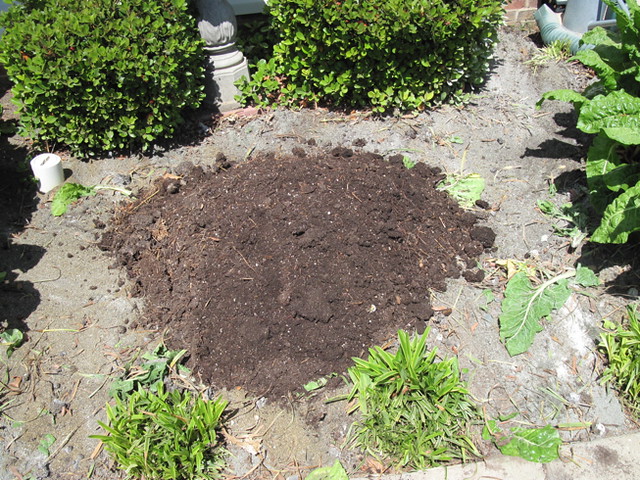
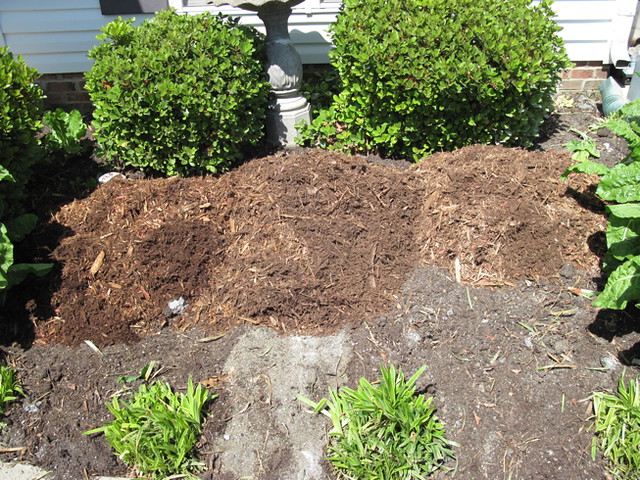
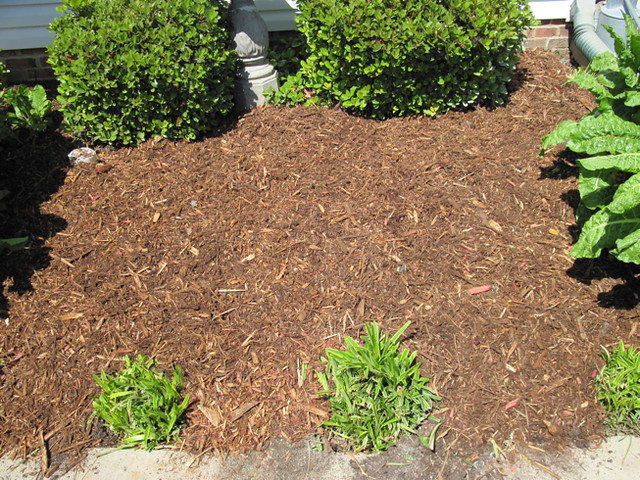






Man, that is going to be one happy place to live! I need to watch those videos. And I need to get some kind of cover on my soil.
ReplyDeleteThanks for the notes.
Daniel